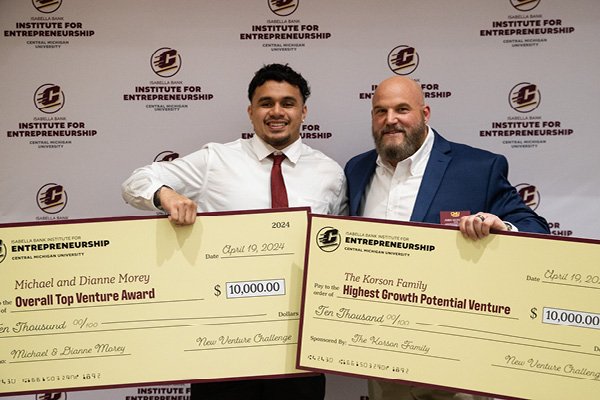
Start up
Passion. Potential. Pitches. Don't miss any of the 2025 New Venture Challenge excitement.
Tune in Friday, April 11 at 1 p.m. for great ideas and fierce competition. Then, join the judges, mentors, spectators and teams as they see who is going home with thousands of dollars in venture financing. The awards broadcast begins at 6:30 p.m. and one team will walk away as the overall best venture.
Central Michigan University’s College of Business Administration is the home of the Isabella Bank Institute for Entrepreneurship and the first Department of Entrepreneurship in the state of Michigan. We are a student-centric hub where experiential, curricular, and external entrepreneurial opportunities intersect.
Our mission is to maximize student success by fostering a campus-wide entrepreneurial mindset that promotes inter-disciplinary collaboration and the creation of new ventures.
We aim to create innovative programming, boost cross-campus and ecosystem collaboration and provide a comprehensive mentoring program.
Our institute provides extracurricular opportunities and is open to all undergraduate and graduate CMU students.
Are you interested in becoming an entrepreneur?
Every journey is unique. Explore the opportunities that interest you.
Scott L. Roberts, Ph.D., a professor in the Department of Teacher Education and Professional Development at CMU, co-edited a book of lesson plans for grades 6-12 which address nine eras of world history. The book, Hollywood or History? An Inquiry-Based Strategy for Using Film to Teach World History, was honored at CMU's 18th Annual Book Recognition Event. The book is part of the Hollywood or History? Series for Information Age Publishing that Roberts co-edits.
Roberts notes that world history courses play a role in most K-12 classrooms and curriculum in the United States, even though U.S. history tends to dominate conversation. According to Roberts, the challenges of covering world history in the classroom are ever present. “The curricular terrain to choose from is immense and forever expanding, dealing with the development of numerous civilizations,” explains Roberts. 
With these struggles in mind, the Hollywood or History? World history volume was born. Roberts, who created the Hollywood or History? strategy when he was a classroom teacher, says the main objective is helping teachers use film effectively in “classroom utility and teacher practice.” Roberts notes that the authors who contributed lesson plans for the book, “believe[s] that students’ connection to film, along with the teachers’ ability to use film in an effective manner, will help alleviate some of the challenges of teaching world history.”
For example, one of the lessons within the book focuses on investigating the technological advancements of early humans using a clip from the film, 2001: A Space Odyssey. The opening scene of the film is known for “its portrayal of the Paleolithic Era and the advent of tool usage and human evolution.” Using the movie, as well as primary and secondary sources, students are prompted to answer the following questions:
What were some of the technologies of early human societies?
What characteristics and traits must a species display in order to be considered human?
How do historians and anthropologists learn about time periods with limited evidence and sources?
How do historical films shape our understanding of historical figures and events?
The reviews of the book series have been positive, specifically regarding classroom implication for practitioners and the opportunity the book lends for further classroom discussion. Due to the success of the strategy, there are currently five books published in the Hollywood or History? series, with several more sets for release over the next few years. Roberts’ next edited book in the series will be about the effective use of cartoons in the K-12 social studies classroom. More information about the Hollywood or History? series can be found on the Information Age website.

Explore special opportunities to learn new skills and travel the world.
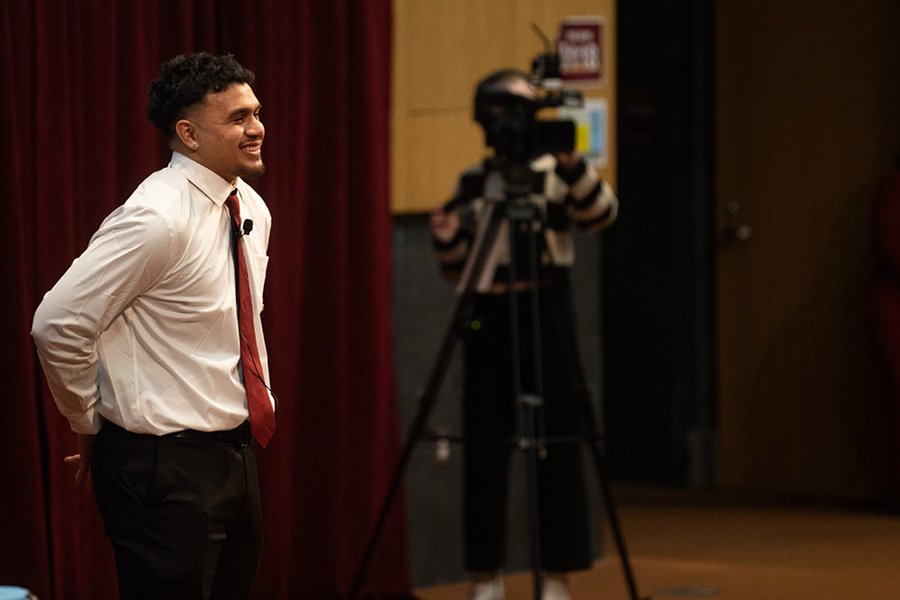
Present your venture and win BIG at the New Venture Challenge.
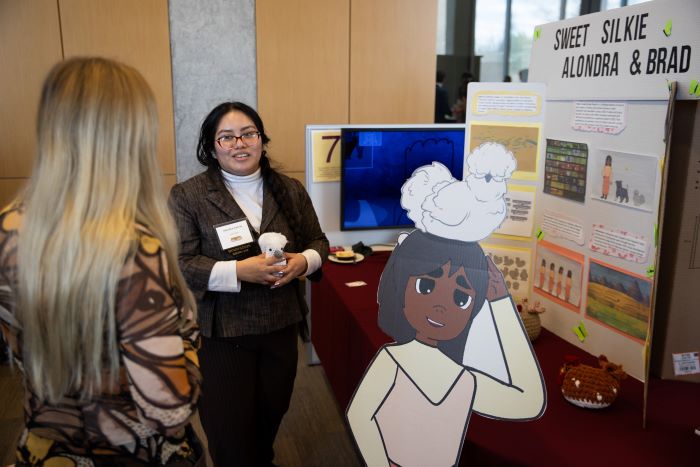
Boost your entrepreneurial skills through our workshops, mentor meetups and pitch competitions.
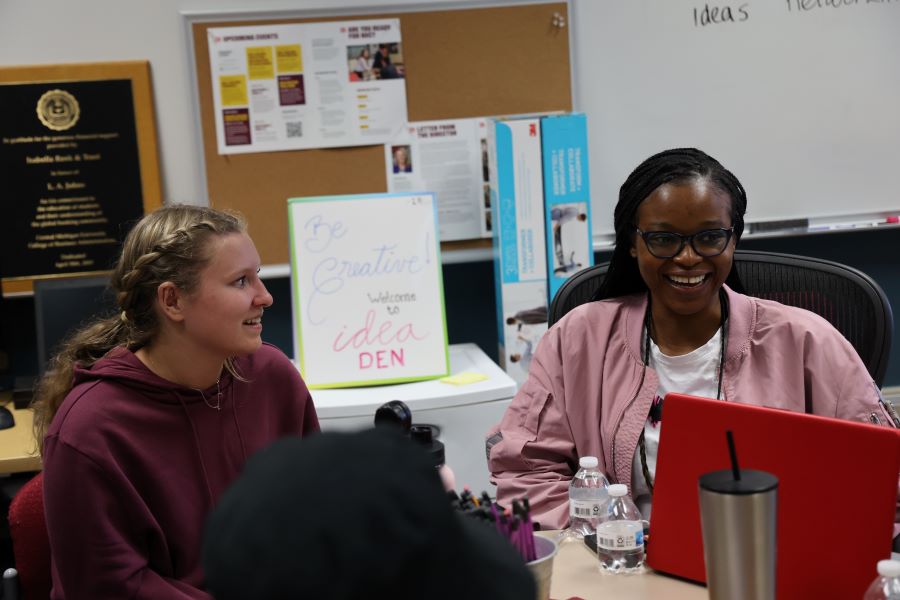
Learn about the entrepreneurship makerspace on campus in Grawn Hall.
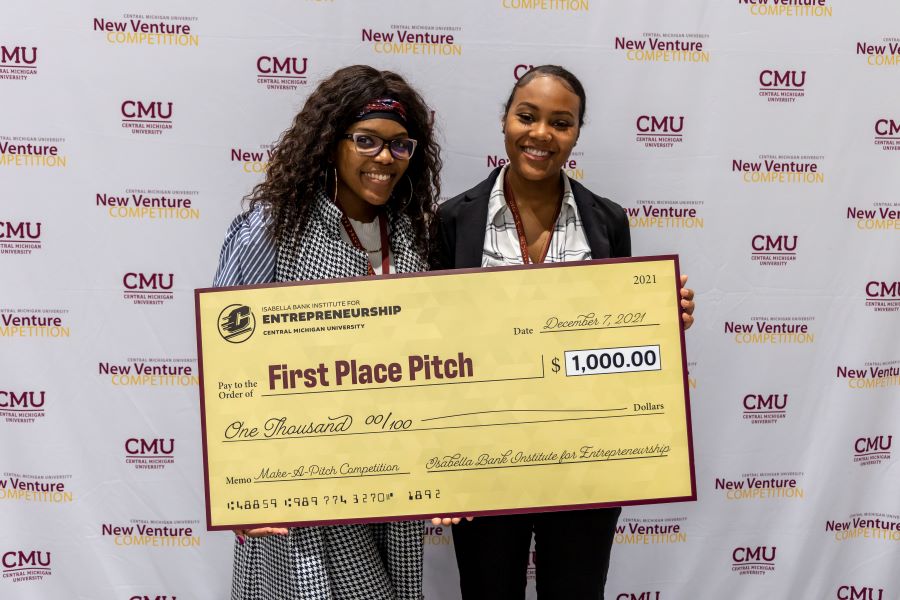
Present a 2-minute pitch at the Make-A-Pitch Competition and you could win prizes and bragging rights!
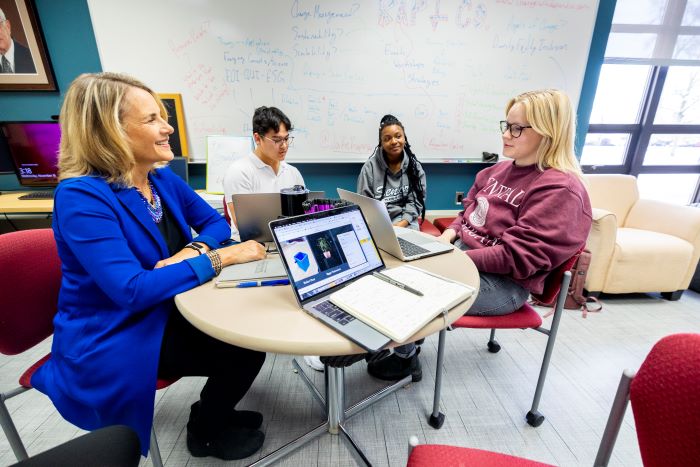
Connect with mentors and faculty who are here to support the next generation of CMU entrepreneurs.
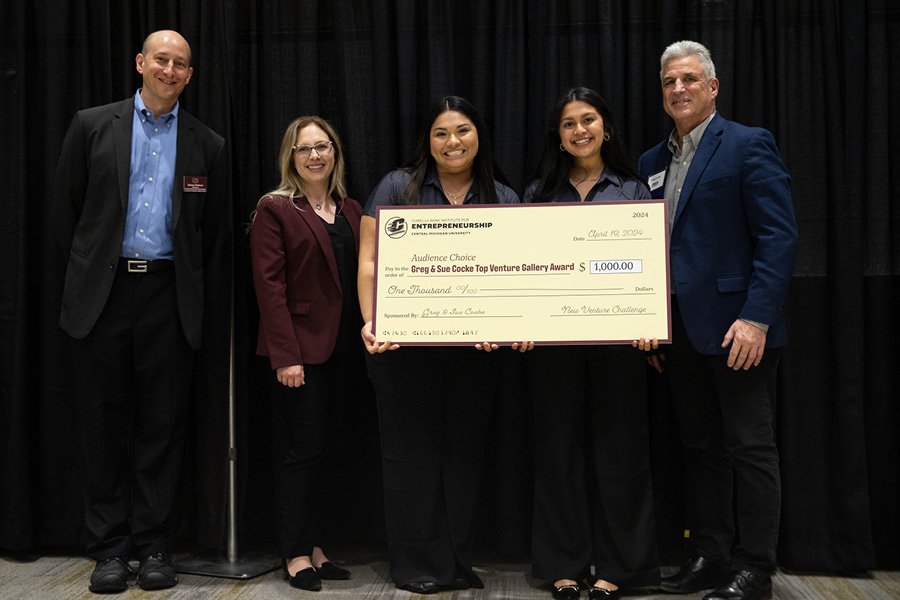
Are you a CMU alum looking to support CMU student entrepreneurs? Learn how you can support or donate to the Entrepreneurship Institute.